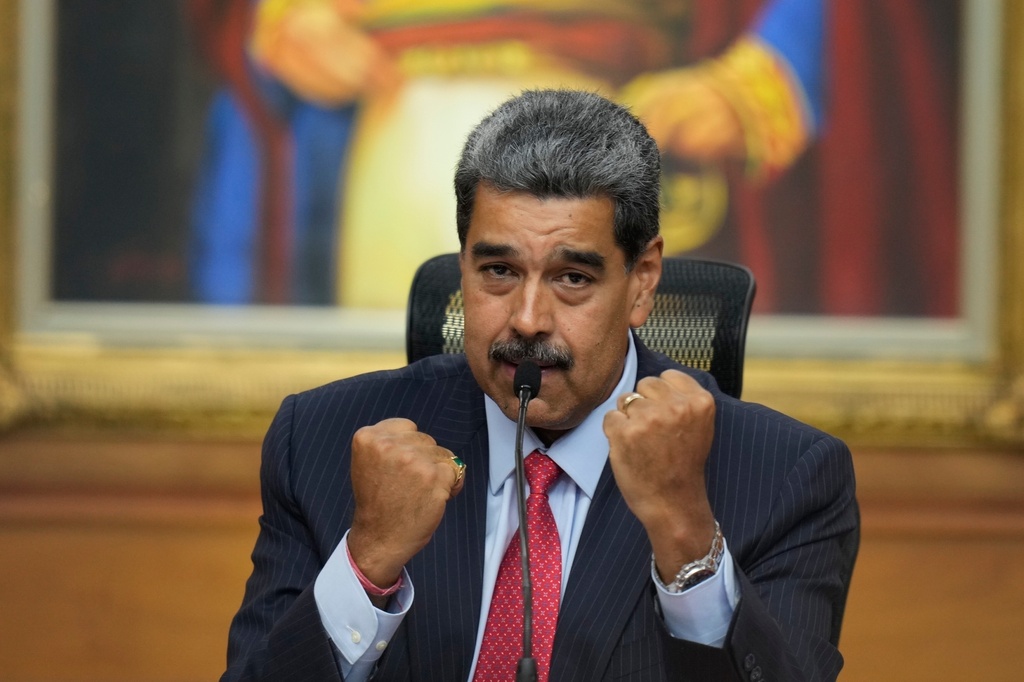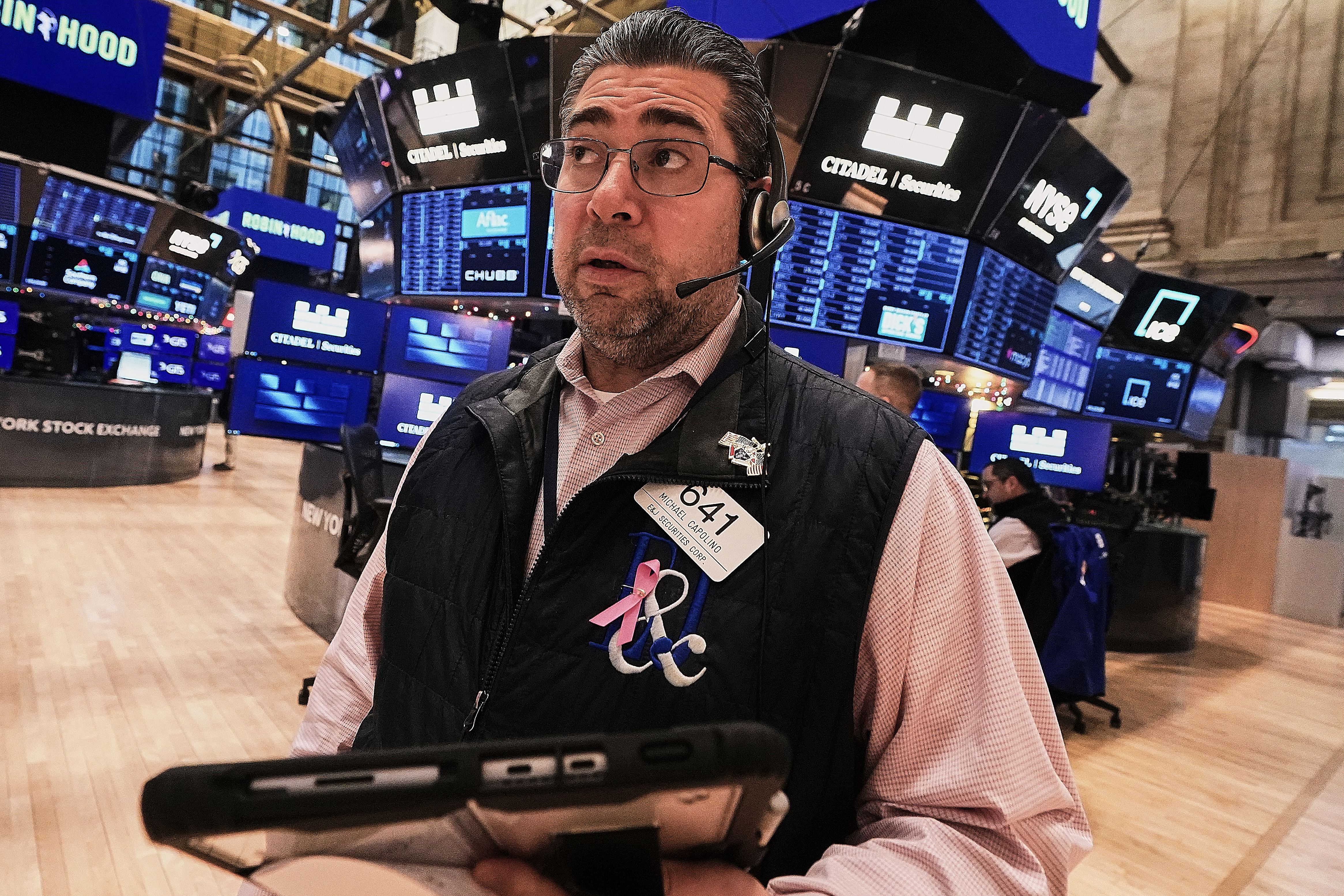There’s no doubt Times Square is the place to be when the clock hits midnight on New Year's Eve, and for the first time in two years, there are no COVID restrictions for the celebrations.
About a million people from all over the world fill the streets in midtown Manhattan to catch the iconic ball drop, and millions more watch the event from home.
The celebrations begin when the giant ball made of Waterford crystal is raised and lit atop One Times Square. It's 12 feet in diameter, weighs six tons, and has more than 2,000 crystals and 32,000 LED lights.
At 60 seconds to midnight, the city counts down to welcome the new year begins as the ball descends. Then when the clock hits midnight on Jan. 1, 2023, 3,000 pounds of confetti will rain down.
The owners of One Times Square started rooftop celebrations back in 1904. Three years later, the world-famous ball was lowered for the first time. It's been ringing in the new year ever since.
This year, thousands of members of the New York City Police Department and other law enforcement agencies have been taking precautions to make sure all attendees are safe.
"The NYPD and our other local public safety apparatus, they're going to have a visible presence, but at the same time they're going to be among the crowd so that people don't know exactly who's present and who's here," New York City Mayor Eric Adams said.
Adams and Keechant Sewell, the.NYPD commissioner, assured the public there are no specific credible threats to New York City or any other event surrounding New Year's Eve at this time.
"I ask the members of the public to always remain vigilant," Sewell said."Every night and day in New York City there are millions of eyes and ears out there and tomorrow night there'll be millions more."

How Science Can Help You Stick To That New Year's Resolution
On average, Americans stick to their New Year's resolutions for 32 days. But there are ways to break the mold.










